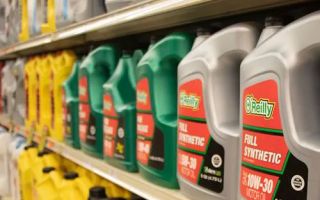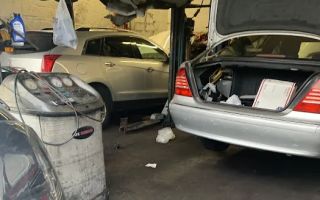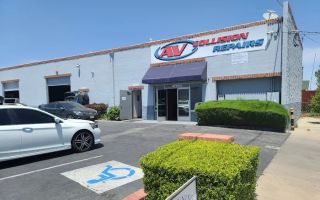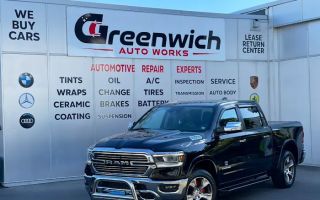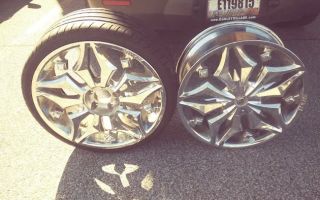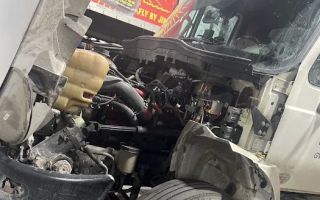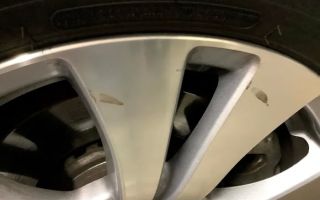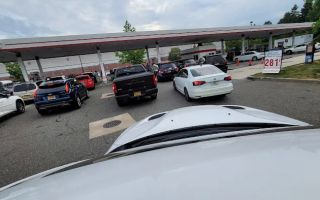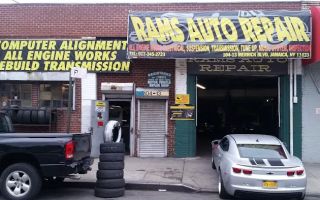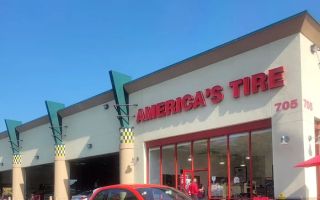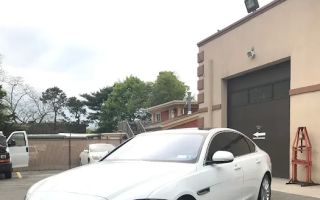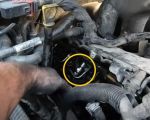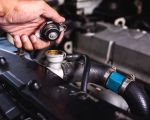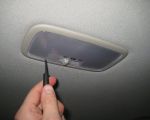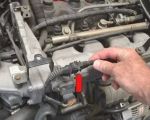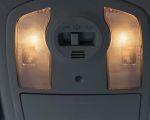- 1-understanding-your-cars-catalytic-converter-monitoring
- 2-how-the-catalytic-converter-works
- 3-what-the-monitoring-system-does
- 4-common-signs-of-catalytic-converter-problems
- 5-diagnostic-troubleshooting-and-maintenance-tips
- 6-how-rescue-and-towing-can-help-you
1. Understanding Your Car's Catalytic Converter Monitoring
When your car’s “Check Engine” light flickers on, one of the most common culprits is the catalytic converter monitoring system. This vital component ensures that your vehicle’s emissions system is functioning properly, reducing pollutants before they escape into the environment. Understanding how your catalytic converter is monitored can save you time, money, and frustration — and help you recognize early warning signs before a minor issue turns into a costly repair.
Modern vehicles are equipped with onboard diagnostic systems (OBD-II), which constantly check various parts of the emissions control system. Among these, catalytic converter monitoring is one of the most important because it ensures your car meets environmental regulations and operates efficiently.
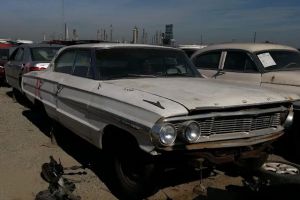
Pick Your Part - Help Yourself
1232 Blinn Ave, Wilmington, CA 90744, USA
2. How the Catalytic Converter Works
The catalytic converter plays a critical role in controlling vehicle emissions. It’s located in your car’s exhaust system and acts as a filter for harmful gases produced during combustion. When the engine burns fuel, it creates pollutants like carbon monoxide, nitrogen oxides, and hydrocarbons. The catalytic converter transforms these toxic gases into less harmful emissions — carbon dioxide, nitrogen, and water vapor — before they exit through the exhaust pipe.

Pick Your Part - Greer
13054 E Wade Hampton Blvd, Greer, SC 29651, USA
2.1 The Chemistry Behind Cleaner Emissions
Inside the converter, precious metals like platinum, palladium, and rhodium act as catalysts. These metals trigger chemical reactions that convert harmful gases. The “three-way” catalytic converter found in most modern vehicles performs three main tasks: oxidizing carbon monoxide, reducing nitrogen oxides, and burning off unburned hydrocarbons. This delicate chemical balance requires consistent temperatures and efficient airflow — two factors your car’s monitoring system helps regulate.
3. What the Monitoring System Does
Your car’s catalytic converter monitoring system uses oxygen sensors (also known as O2 sensors) to measure the amount of oxygen in the exhaust before and after it passes through the converter. These sensors constantly communicate with your car’s computer (ECU), providing data on efficiency and performance. If the readings show that the catalytic converter is not reducing emissions properly, the system triggers the check engine light.
3.1 Upstream and Downstream Sensors
The upstream sensor, located before the catalytic converter, measures the level of unburned oxygen in the exhaust gases coming from the engine. The downstream sensor, placed after the converter, monitors how much oxygen remains after the gases have been treated. When both sensors show similar readings, it indicates that the catalytic converter may not be functioning effectively. This difference in readings is key to detecting problems early.
3.2 Why Monitoring Matters
The catalytic converter monitoring system ensures your car meets emissions standards, maintains fuel efficiency, and prevents engine damage. A failing converter can cause reduced performance, higher fuel consumption, and even engine misfires. Moreover, if ignored for too long, it can result in expensive repairs or even legal penalties for exceeding emissions limits.
4. Common Signs of Catalytic Converter Problems
Even though modern vehicles make it easier to detect catalytic converter problems through the OBD-II system, drivers should be aware of common warning signs. Recognizing these early can prevent further damage.
4.1 Loss of Engine Power
When the catalytic converter is clogged or inefficient, exhaust gases cannot escape efficiently. This creates backpressure in the engine, reducing its power output and responsiveness. You might notice sluggish acceleration or trouble maintaining high speeds.
4.2 Unusual Odors or Rattling Sounds
A sulfur or “rotten egg” smell coming from your exhaust can indicate that the converter is not processing gases correctly. Similarly, if you hear rattling noises underneath the vehicle, it may suggest that the ceramic core inside the converter has broken apart.
4.3 The Check Engine Light
The most obvious indicator is your dashboard’s Check Engine light. When the onboard system detects irregularities in oxygen sensor readings, it flags an error code — often P0420 or P0430 — indicating that the catalytic converter’s efficiency is below the required threshold.
5. Diagnostic, Troubleshooting, and Maintenance Tips
If you suspect a catalytic converter issue, running a diagnostic scan can provide valuable insights. Most auto parts stores offer free OBD-II scans that reveal specific codes related to emissions performance. Cleaning or replacing oxygen sensors might solve the problem in some cases, but if the converter itself is damaged, professional service may be required.
5.1 Regular Maintenance and Prevention
Maintaining your catalytic converter doesn’t have to be complicated. Regular oil changes, timely spark plug replacements, and avoiding prolonged engine misfires can all extend the lifespan of your converter. Avoid using leaded gasoline or low-quality fuel additives, as they can damage the catalyst materials inside the converter. Preventive maintenance is the best way to avoid the high cost of replacement.
6. How Rescue & Towing Can Help You
At Rescue & Towing, we understand how frustrating catalytic converter issues can be — especially when they lead to roadside breakdowns or failed emissions tests. Our professional team can tow your vehicle safely and connect you with trusted auto repair specialists who can diagnose and repair the problem efficiently. Whether you need emergency towing, diagnostics, or help understanding your car’s emissions system, we’re here to keep you moving safely and confidently.
Reach out to Rescue & Towing to learn more about how proper vehicle maintenance and quick response services can extend the life of your catalytic converter and keep your car running at its best.

